1977 Corvette – The Ultimate Guide
A significant milestone coinciding with the arrival of the 1977 Corvette happened in a year that was full of impressive milestones. On May 25, 1977, the film world would be changed forever as audiences were transported to a “galaxy far, far away” in George Lucas’s outer space epic, “Star Wars.”
Just four days later, race car driver A.J. Foyt would become the first driver to win the Indianapolis 500 four times. The Apple Computer would officially begin its rise to global fortune and fame while the Commodore company introduced the world to its first personal, all-in-one computer, the “Commodore PET”. Even rival automotive manufacturer Porsche was reaching new milestones with the introduction of their first front-engine, V8 powered car, the 928 at the Geneva Motor Show on September 28th.
For Chevrolet, however, the 1977 model year marked a significant manufacturing milestone – the production of their 500,000th Corvette. It had taken Chevrolet 15 years to build the first 250,000 Corvettes, but only an additional eight years to build 250,000 more. While the 250,000th Corvette had been a Riverside Gold convertible that had been built on November 7, 1969, the 500,000th Corvette was a white coupe, which was driven off the production line by (then) Chevrolet General Manager, Robert Lund on March 15, 1977.
Ironically, the Corvette had nearly been pulled from Chevrolet’s lineup in those early years of its production, despite the prosperous post-war economy of America in the mid-1950’s. Adding to the irony was the fact that the Corvette had actually flourished throughout difficult economic times, even in periods when rival automotive manufacturers were pulling the performance-car models from their ranks.
While it was true that the Corvette’s performance had certainly dwindled – especially over the past couple of years, to a modest shadow of its big-block older brothers from the 1960’s, there was no question that the car’s appeal had only grown with each passing year.
The 1977 C3 Corvette arrived with only a few, modest modifications from its previous year. Outwardly, the car was virtually identical to the 1976 model, save for the introduction of a reworked luggage and roof panel rack (RPO V54) that could be used to transport the car’s T-tops (instead of placing them in the Corvette’s lidless trunk.)
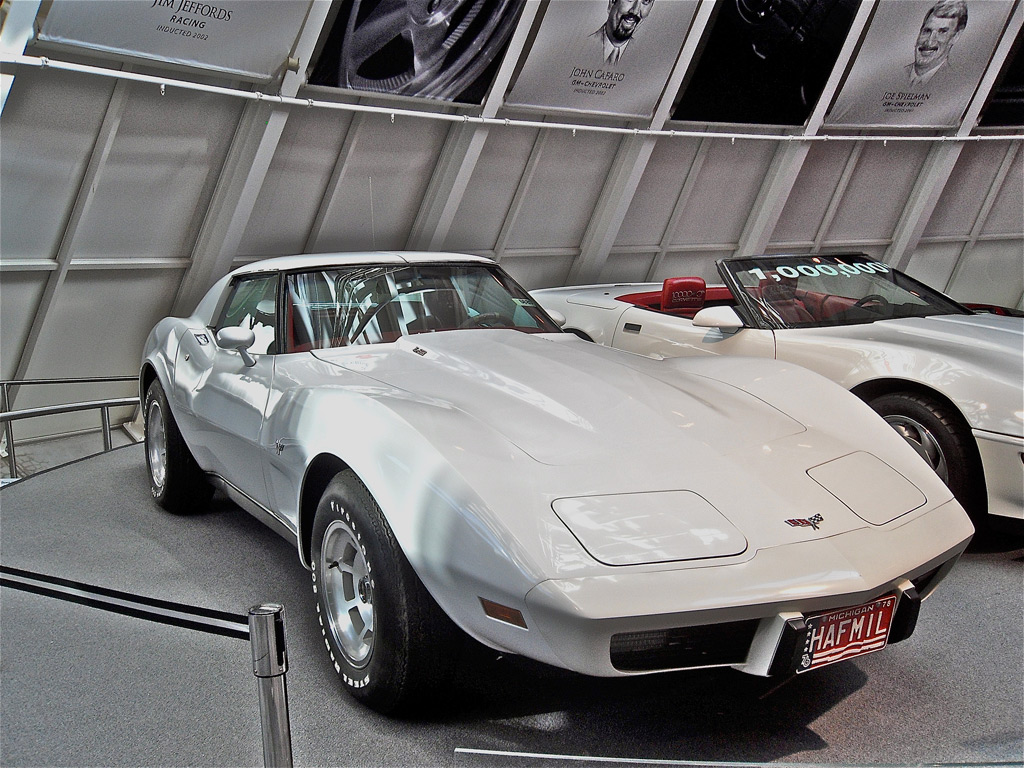
DID YOU KNOW: The 500,000th Corvette, a white 1977 coupe, rolled off the St. Louis assembly line at 2:01 P.M. on March 15th, 1977.
With regard to the T-tops, glass roof panels were introduced as a new option at the start of the model year, though General Motors later canceled the option because of a reputed dispute with the supplier over sales rights. The most notable change from 1976 to 1977, however, was the removal of the Stingray nameplate from the Corvette’s front fenders. It was replaced by Corvette’s traditional crossed-flags insignia.
The changes to the interior were equally subtle, though there were a few more modifications worth noting. First, the interior center radio console was redesigned to accept a broader array of Delco audio decks (including an AM/FM/cassette stereo as a first-time option). The instruments on the dashboard were restyled to provide drivers greater visibility. The climate controls were simplified.
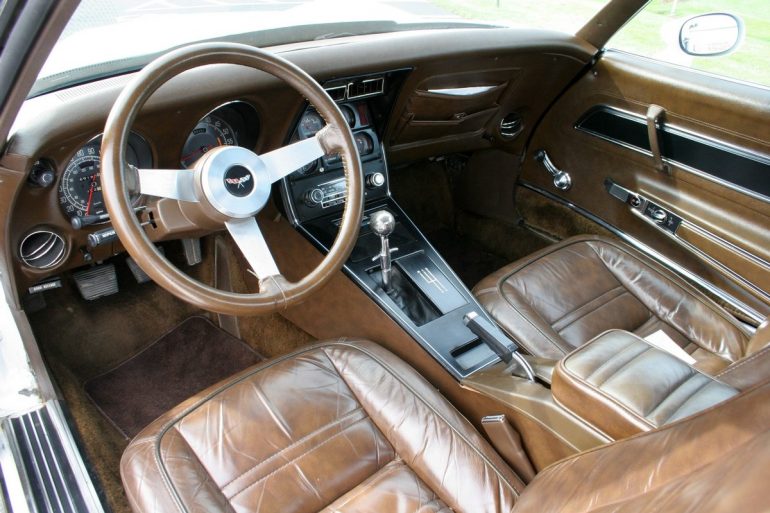
Moving down the center column, the manual transmission lever was lengthened, placing the shifter ball higher up in relation to the disengaged handbrake. Previously, the shorter shifter shaft had caused interference when drivers attempted to actuate the parking brake lever. By lengthening the shifter lever, the parking brake accessibility was improved, making it easier to engage and disengage.
Elsewhere, the steering column itself was shortened by two inches to allow for more of an “arms out” driving posture, (which helps drivers reduce the risk driver injury during a potentially dangerous situation.)
Additionally, the shorter steering column improved driver accessibility in-to, and out-of, the new Corvette. Mated to the steering column was a new leather rimmed steering wheel. For those consumers that ordered the optional tilt-telescopic steering column (RPO N37), the 1976 style steering wheel remained the only choice. While tilt and telescopic adjustments remained optional, Chevrolet did introduce a new feature to the 1977 Corvette – namely the new “Smart Switch” – a steering column stalk that combined the headlight dimmer and wiper/washer functions with the turn signals.
The alarm switch was moved again and was incorporated into the left door-lock button assembly. Additionally, the sun visors were revamped to allow them to swing from the windshield to the side windows. Even the mounting location of the rearview mirror was shifted from above the windshield to the windshield itself. Lastly, for the 1977 model year leather upholstery came standard with the Corvette while cloth seats with leather bolsters were an optional no-cost alternative.
Mechanically, the 1977 Corvette went essentially unchanged from the 1976 model year. As in 1976, the 1977 Corvette came standard with a 180 horsepower, 350 cubic-inch, small-block Chevy engine mated to a 4-speed, wide-ratio manual transmission. Also like the 1976 model, the new Corvette could be ordered with an optional 210 horsepower engine (PRO L48), except in Canada where the base engine remained the only available option due to higher emission standards.
While the engines remained the same, there was an interesting turn of events within General Motors that occurred early in the 1977 model year’s production run. Between August 23 and September 7, 1976, Flint Engine (the plant where the small-block 350 was manufactured) began using blue paint in place of the traditional “Chevy Orange” paint that had normally been applied to Corvette engines. Thus, early 1977 model year Corvettes continued to feature the familiar orange, while later production engines were blue.
Production Volumes
The 1977 Corvette set another new sales record at 49,213 units. The popularity of the Chevy Corvette throughout the 1970’s was proven time and again by the year over year increase in sales numbers despite the dramatic increases in cost.
In 1974, the base sticker price of the Corvette had crossed the $6,000 barrier for the first time (it was actually $6,001.50). With each year, the price increase had been notable – $6,810.10 in 1975, $7,604.85 in 1976, and $8,647.65 in 1977, due to the inclusion of so many standard comfort and convenience features. Despite this, there was no question that the popularity of the Corvette was still on the rise – which was doubly amazing (though not surprising) given that the C3 Corvette was a decade old.
1977 Corvette Specifications & Performance
See the complete breakdown of technical specifications for the 1977 Corvette, including engine, suspension, brakes, body dimensions, and power. Read more: 1977 Corvette Specifications.
Engine & Transmission
These were tough years for the Corvette – and all car manufacturers – as smog regulations had sapped much of the performance (and some say soul) of America’s sports car. For this reason, the mid ’70s to early ’80s are not considered to be premier collectables by the Corvette community. But there is an upside to the situation. If you’re looking to make a Corvette part of your life and your budget cannot accommodate one of the blue chip ‘vettes, there is hope. Corvettes of this vintage do have a lot to offer at very reasonable prices.
Performance
0 – 60 mph took 6.8 seconds according to independant testing by Road and Track in June 1977. The quarter mile took 15.5 seconds @ 92.5 mph. More 1977 performance data.
1977 Corvette Vehicle Identification Numbers (VIN)
The last six digits begin at 400001 and run through 449213, accounting for 49,213 Corvette Coupes built in 1977. Each Vehicle Identification Number (VIN) is unique to an individual car. For all 1977 Corvettes, the location of the Vehicle Identification Number (VIN) is stamped on a plate attached to the left front body hinge pillar. Read more: 1977 Corvette VINs.
1977 Corvette Price & Options
Core Features & Factory Options
The first of these changes was the standard leather upholstery, which could be substituted for cloth seats with leather bolsters at an additional cost. The new leather wrapped steering wheel completed this look. The steering column was also shortened slightly which provided a more comfortable driving position and also helped the ease of entering and exiting the car. A new “Smart Switch” on the steering column combined the headlight dimmer, windshield wiper functions and turn signals for the first time.
The console also was slightly redesigned to accept more audio options. These options included the addition of a cassette player to the AM/FM stereo for the first time (RPO UM2; $414.00). Also around the console was a lengthened manual transmission lever that allowed for easier use of the hand brake. New sun visors were included in the car, and the rearview mirror was shifted slightly. A new luggage rack (RPO V54; $73.00) is an available option. It was designed to accommodate the removable roof panels, freeing up some interior storage space. Glass roof panels were listed as an option (RPO CC1) but none were sold. They were available as an aftermarket “Moon Roof”.
Colors
Exterior colors for 1977 included Classic White 9,408 (19.12%), Silver 5,518 (11.21%), Black 6,070 (12.33%), Corvette Light Blue 5,967 (12.12%), Corvette Dark Blue 4,065 (8.26%), Corvette Chartreuse 1 (0.00%), Corvette Yellow 71 (0.14%), Corvette Bright Yellow 1,942 (3.95%), Corvette Orange 4,012 (8.15%), Medium Red 4,057 (8.24%), Corvette Tan 4,588 (9.32%) and Corvette Dark Red 3,434 (6.98%). More 1977 color information.
Pricing & Options
The Base Corvette Coupe with 350 cu. in. 180 hp engine and wide ratio four speed manual transmission was $8,647.65.
| CODE: | DESCRIPTION: | QUANTITY: | RETAIL PRICE: |
| 1YZ37 | Base Corvette Sport Coupe | 49,213 | $8,647.65 |
| A31 | Power Windows | 44,341 | $116.00 |
| B32 | Color Keyed Floor Mats | 36,763 | $22.00 |
| C49 | Rear Window Defogger | 30,411 | $84.00 |
| C60 | Air Conditioning | 45,249 | $553.00 |
| D35 | Sport Mirrors | 20,206 | $36.00 |
| K30 | Speed Control | 7,269 | $38.00 |
| L82 | 350ci, 210hp Engine | 972 | $14.00 |
| M21 | 4-Speed Manual Trans, Close Ratio | 29,161 | $88.00 |
| M40 | Turbo Hydra-Matic Automatic Transmission | 6,148 | $495.00 |
| NA6 | High-Altitude Emission Equipment | 2,060 | $0.00 |
| N37 | Tilt-Telescopic Steering Column | 41,231 | $0.00 |
| QRZ | White Letter Steel Belted Tires, GR70x15 | 854 | $22.00 |
| UA1 | Heavy Duty Battery | 46,487 | $165.00 |
| U58 | AM-FM Radio, stereo | 46,227 | $57.00 |
| U69 | AM-FM Radio | 4,700 | $187.00 |
| UM2 | AM-FM Radio, stereo with 8-track tape | 24,603 | $414.00 |
| V54 | Luggage and Roof Panel Rack | 16,860 | $73.00 |
| YF5 | California Emission Certification | 4,084 | $70.00 |
| YJ8 | Aluminum Wheels (4) | 12,646 | $321.00 |
| ZN1 | Trailer Package | 289 | $83.00 |
| ZX2 | Convenience Group | 40,872 | $22.00 |
Read more: 1977 Corvette pricing and factory options.
1977 Corvette Gallery
From 1975 to 1977, very little changed about the Corvette in terms of power or styling. With engine options and performance carrying over completely unchanged from the 1976 Corvette, the only modifications to the 1977 models were slight styling changes, most designed to provide a better experience to the driver and give the interior of the car a more refined feel. See full 1977 Corvette Image Gallery


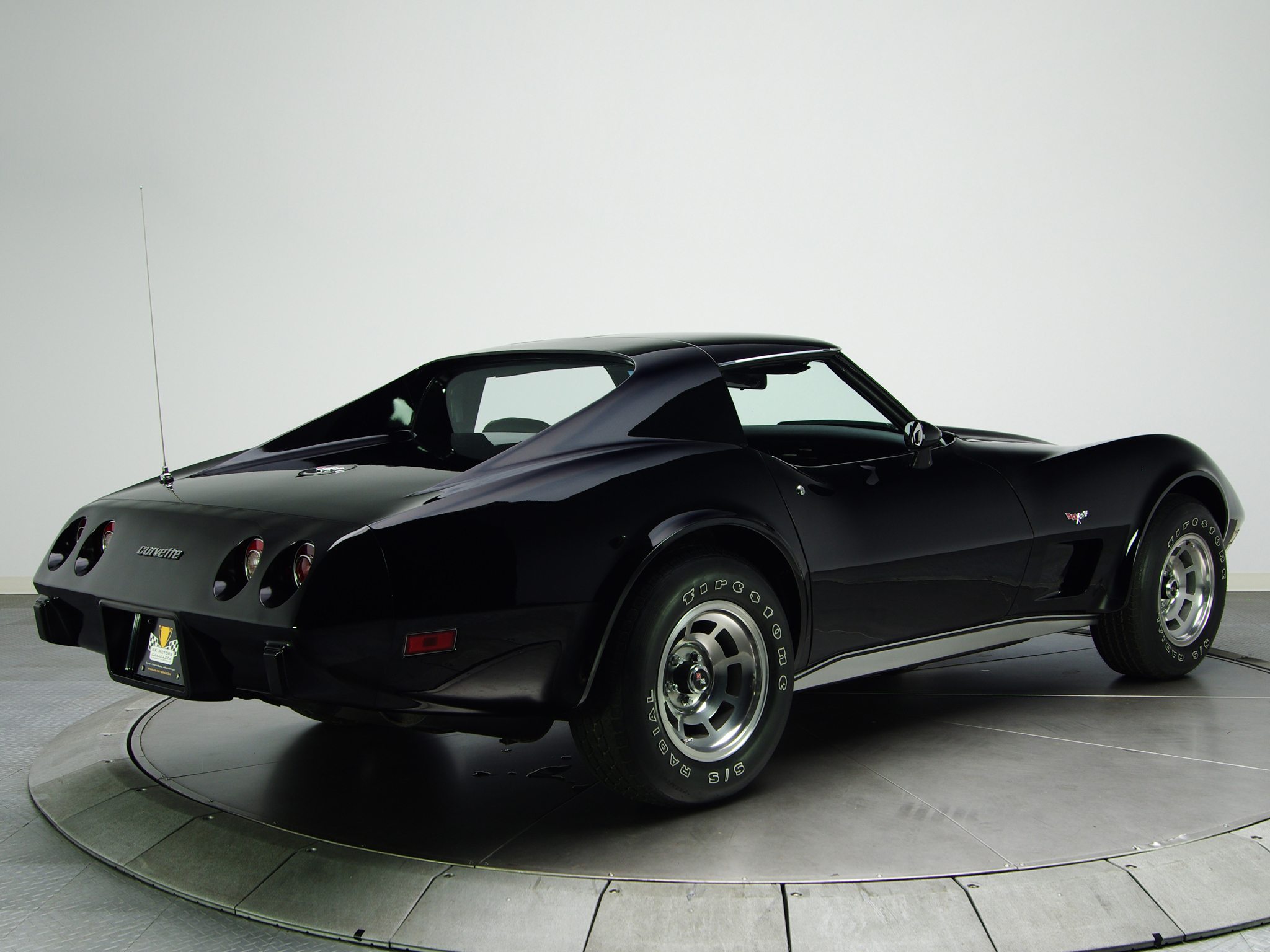
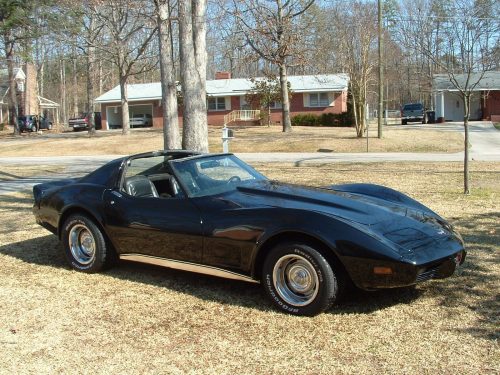
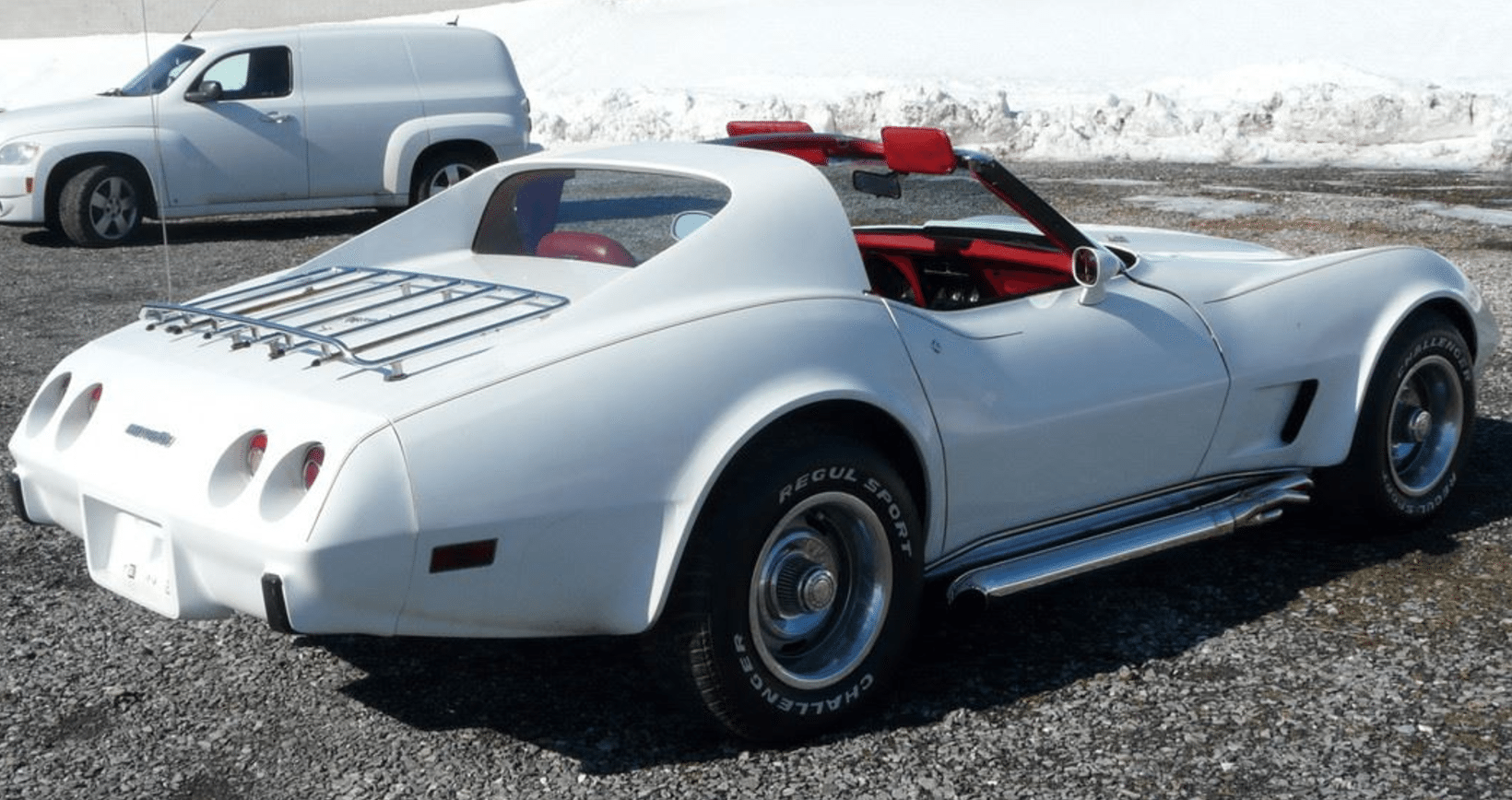
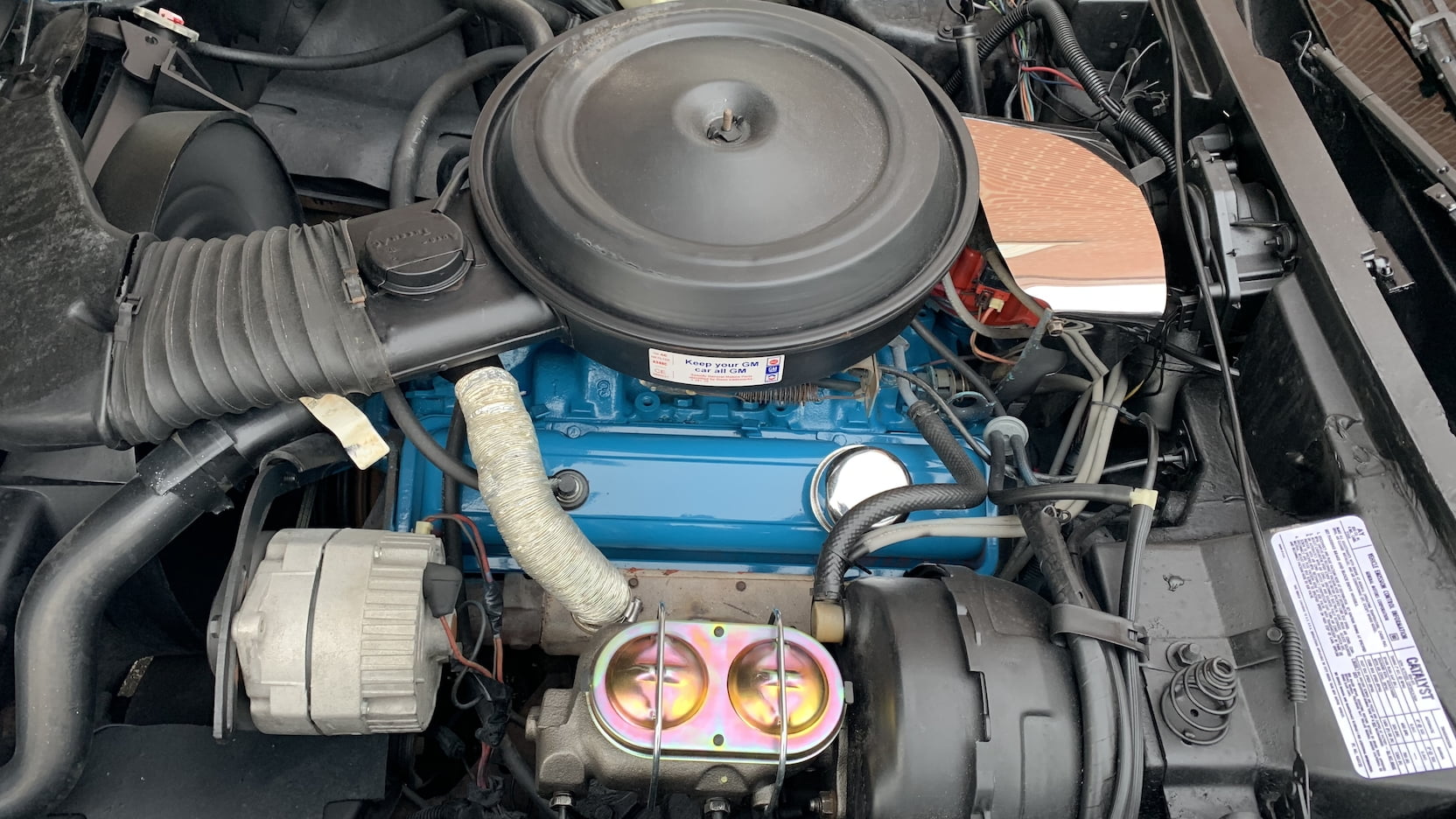
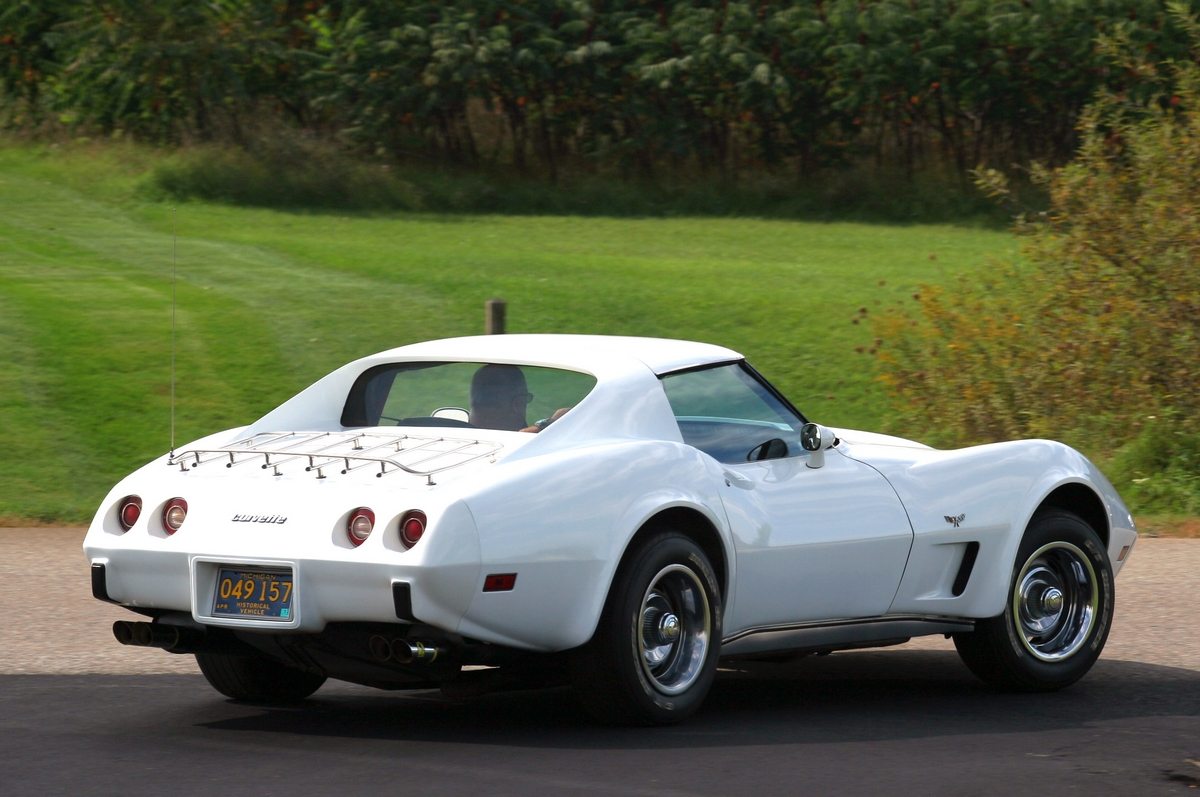
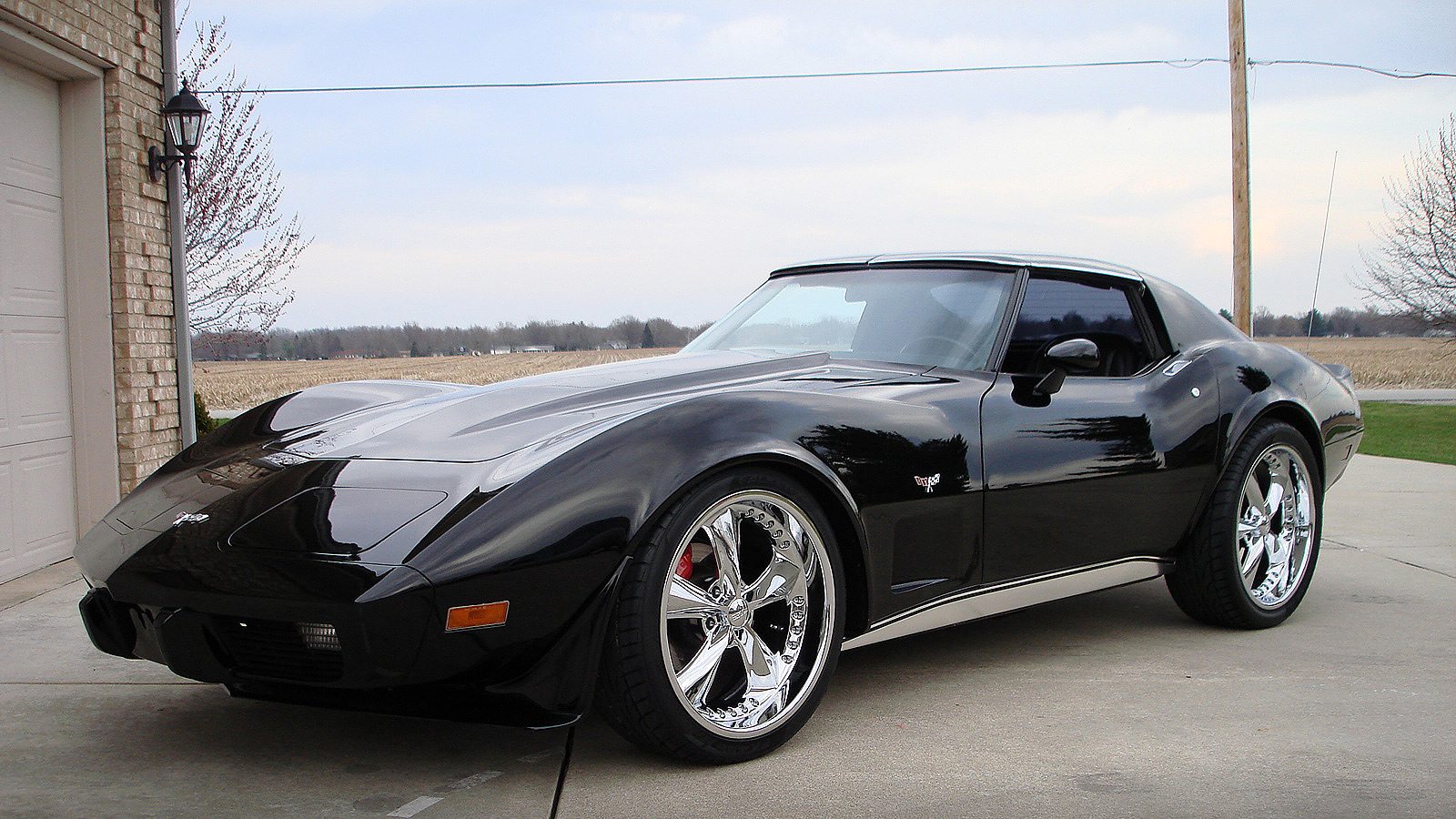
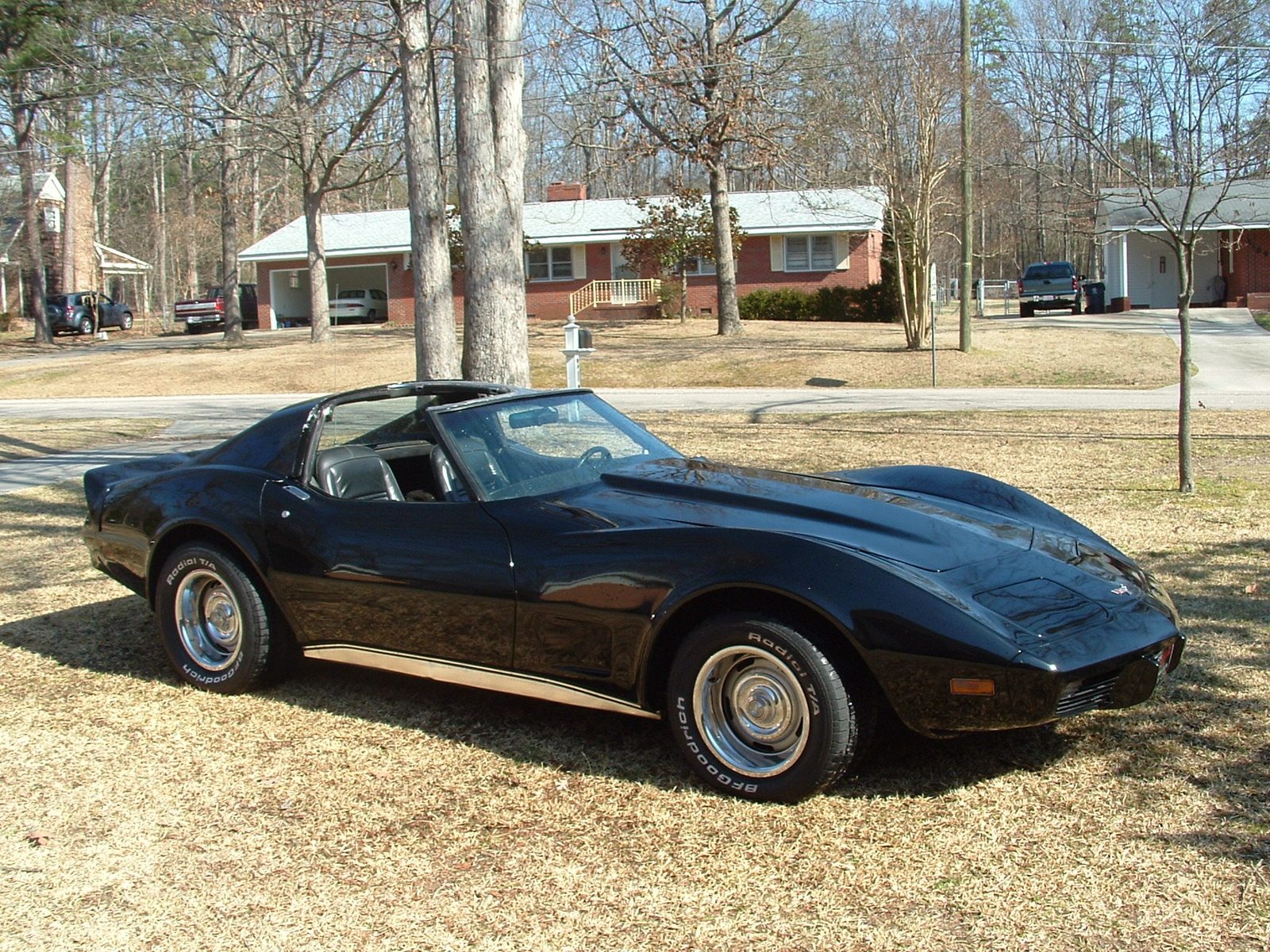
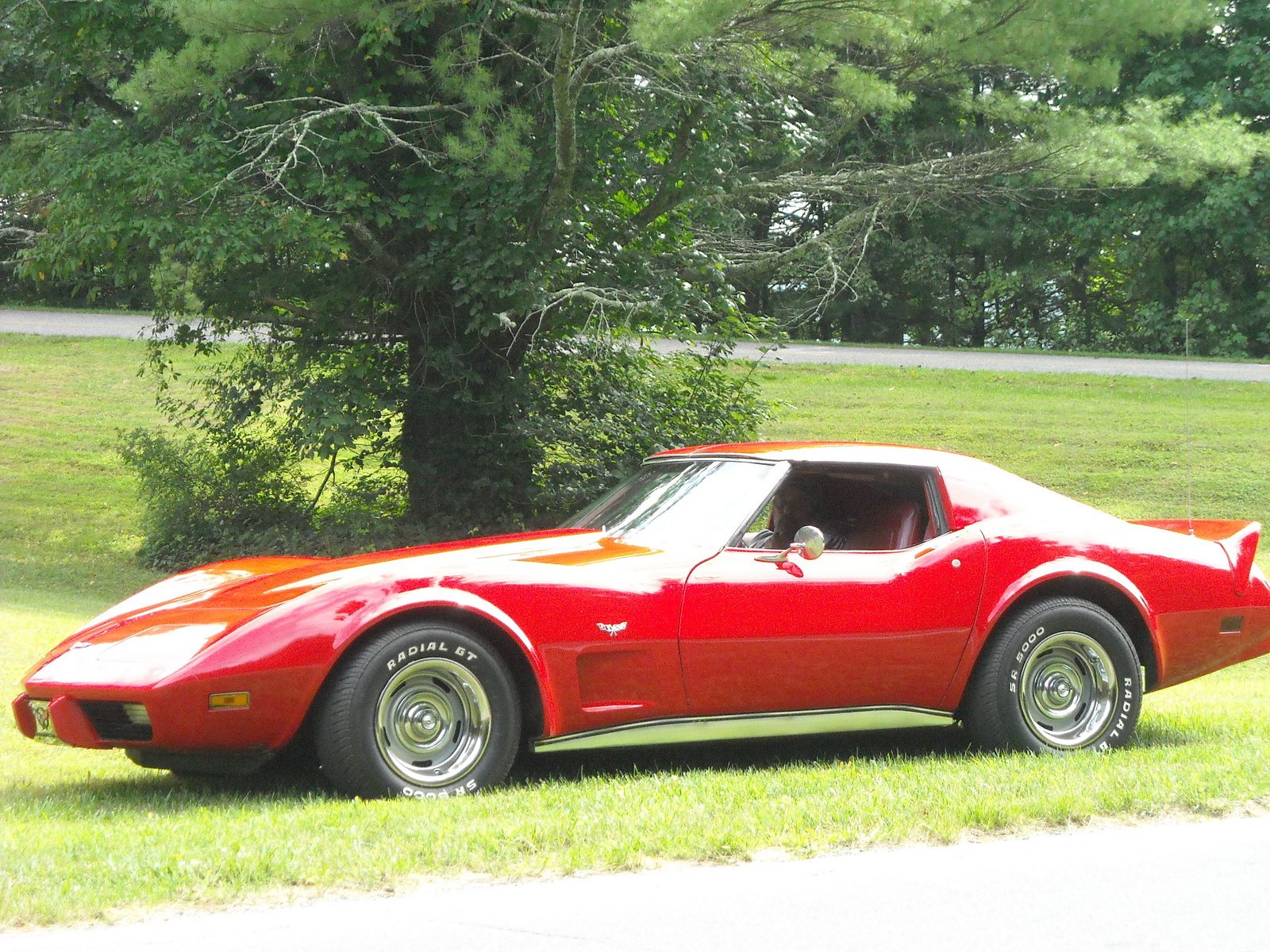
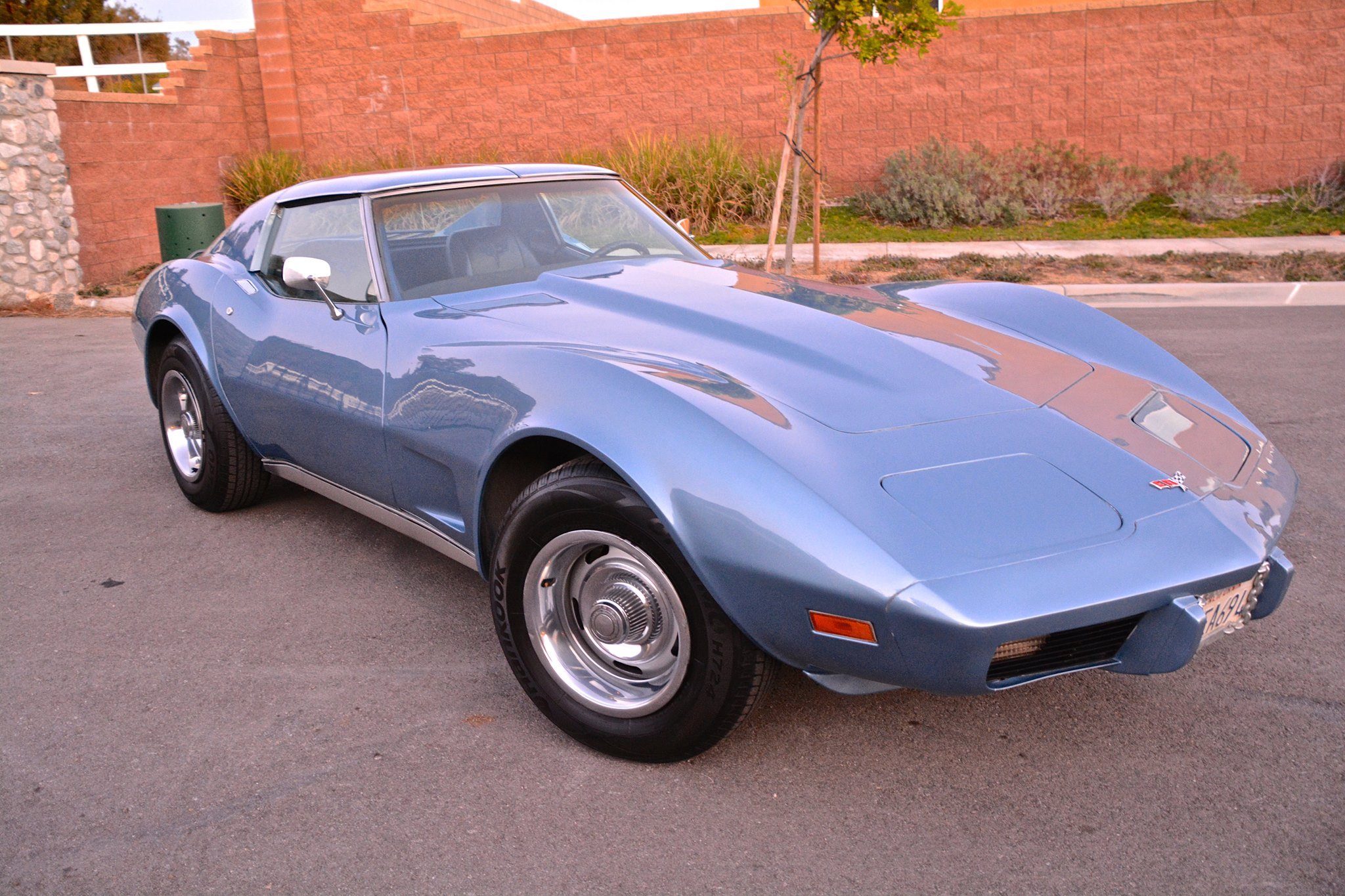
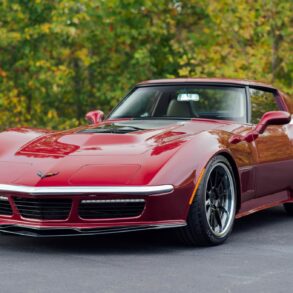

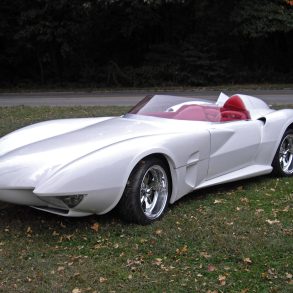
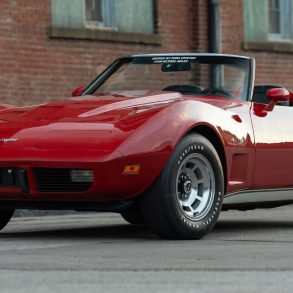
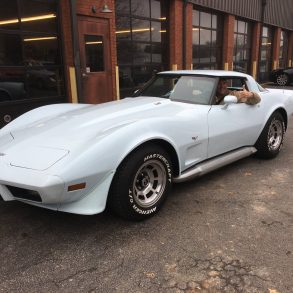
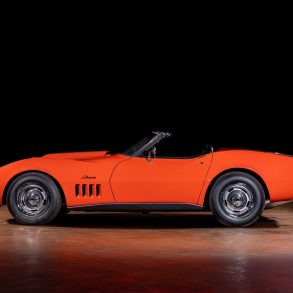

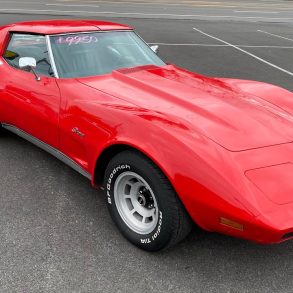

I have a C3 1977 Corvette, L82 4 Speed. I have a crack on the passenger side floor pan. It is not magnetic, but I’ve been told at some point Corvettes converted to metal floor pans. My S/N is 1J08IY254913 or 1Z37X7S426312. Would it have the metal or fiberglass floor pan.
Thanks
Steve Ray
fiberglass floor had the same issue, i built it up an gave it extra support…
Does anyone know why the “Stingray” badging was dropped for the 1977 model year?
76 was the last year of the stingray
Yes, but why?